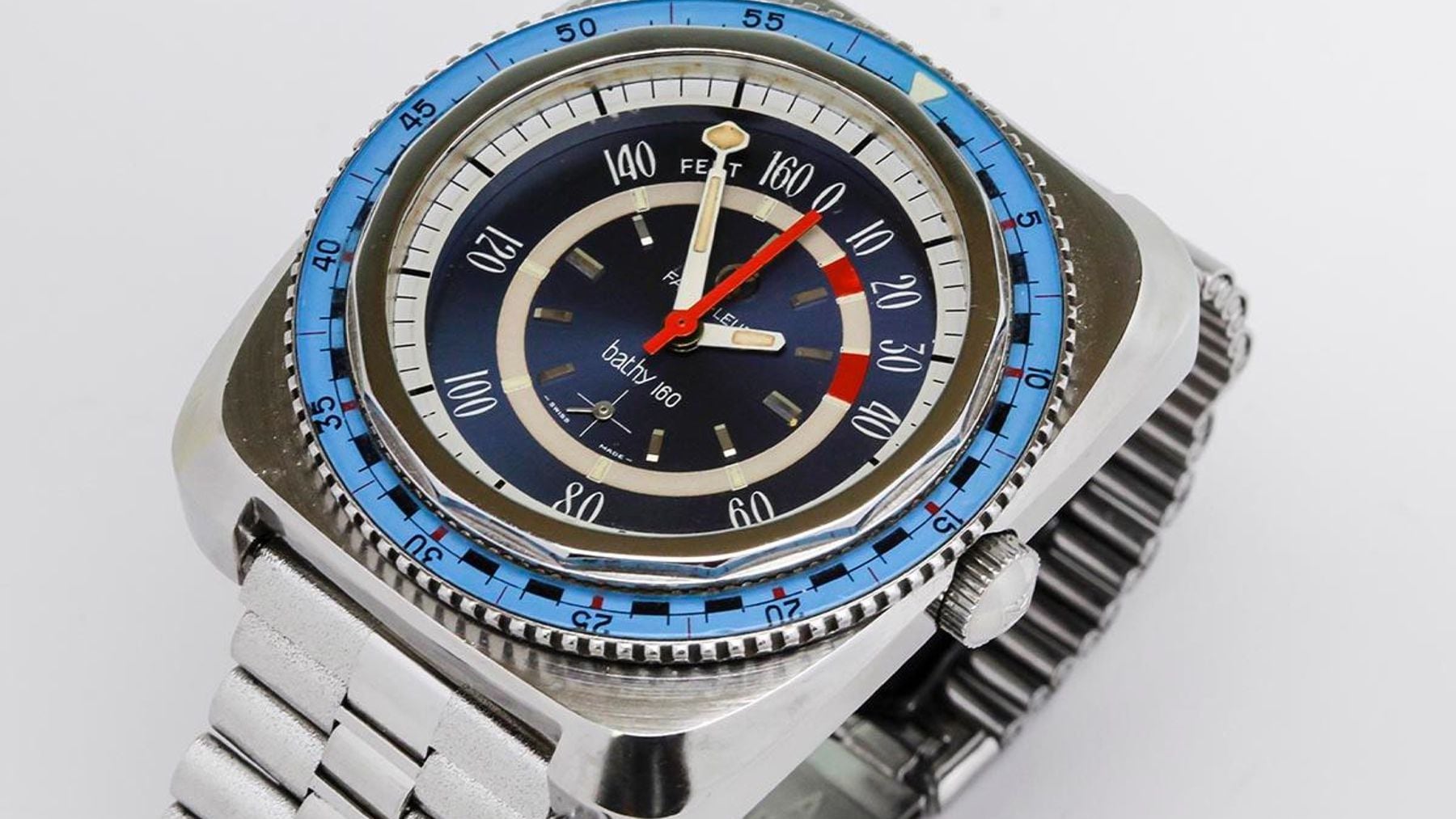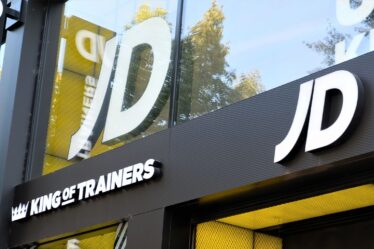
Luxury watchmaker Favre Leuba plans to unveil more than two dozen timepieces later this year, priced as much as 24,000 Swiss francs ($26,489), as part of a brand relaunch that seeks to expand the Swiss pioneer’s appeal beyond its majority Indian consumer base.
Watchmaker Abraham Favre started a workshop in Switzerland in the 18th century, laying the foundation of a business that would later tie-up with the Leuba family, giving birth to the Favre-Leuba brand. The company, which once owned the iconic Jaeger-LeCoultre, was one of the top innovators of the Swiss watch industry before the quartz crisis of the 1970s and ‘80s forced it to pass through several hands.
India’s Tata conglomerate acquired the dormant Favre Leuba brand in late 2011 and launched new watches in India and other overseas markets. But their design aesthetic and marketing failed to win over a large following. It exchanged hands in a private transaction again last year, giving Indian watch retailer Ethos Ltd. and its parent KDDL Ltd. control of Favre Leuba.
Favre Leuba stopped production about three years ago and some of those models are sold only in India by Ethos.
Grenchen-based Favre Leuba will release 26 new models at Geneva Watch Days in August, Chairman Patrik Paul Hoffmann told Bloomberg News in an interview on the outskirts of New Delhi.
The new collection is designed around three themes — air, sea and land — and utilises three movements, which are the mechanical guts of the watch. “The production of the movements is going on, the production of cases is going on,” said Hoffmann, who previously served as CEO of Ulysse Nardin SA.
Favre Leuba is spending 5 million Swiss francs initially for production and marketing of its new lineup, with plans to likely double that investment over the next year, Hoffman said, sitting at the rooftop terrace of Ethos headquarters.
“We start from zero,” Hoffman explained of the plan to refresh the watch firm’s entire catalog by drawing heavily from the brand’s rich history and adding evolutionary touches to its classic timepieces. In the 1960s, Favre Leuba developed one of the world’s first dive watches, named the Deep Blue, as well as an expedition model, Bivouac, that could measure altitude and air pressure.
Favre Leuba plans to eventually move assembly and movement building in-house, Hoffman said. For now, it’s using Manufacture la Joux-Perret SA and Chronode SA movements and collaborating with veteran designers such as Antoine Tschumi, who has helped create timepieces for Czapek & Cie and Louis Moinet, and Laurent Auberson, who’s worked for Zenith, Chronoswiss and Germany’s Lehmann Uhren.
The new watches will start at around 3,000 Swiss francs and go as high as 24,000 Swiss francs for a tourbillion in a stainless steel case. The US, Canada and Caribbean will be key markets for the brand, which also expects to sell in the Middle East and parts of Asia, including Japan, said Hoffmann.
Favre Leuba will also leverage its deep-rooted history in India — it was the first Swiss timekeeper to enter the South Asian country in 1865. Hoffman said he plans to rope in Bollywood stars and cricketers for partnerships and marketing in India, where the company will open its first three boutiques and also sell through Ethos stores.
Favre Leuba aims to make 4,000 watches in the first year and eventually wants to be able to ramp up production to an annual 100,000 units over a decade, according to Hoffman.
So, who’s the average Favre Leuba customer? It’s someone who could be sporting a Rolex or a Panerai, but who’d understand Favre Leuba’s history and appreciates the subtleness of its new models, said Hoffmann. “It’s not somebody who says I need this because everybody else has it.”
By Sankalp Phartiyal
Learn more:
Audemars Piguet’s New CEO Could ‘Stop Growth’ to Focus on Desirability and Independence
The Big Four watchmaker will slow or even suspend production increases as new leader Ilaria Resta works to ‘solidify the company.’


